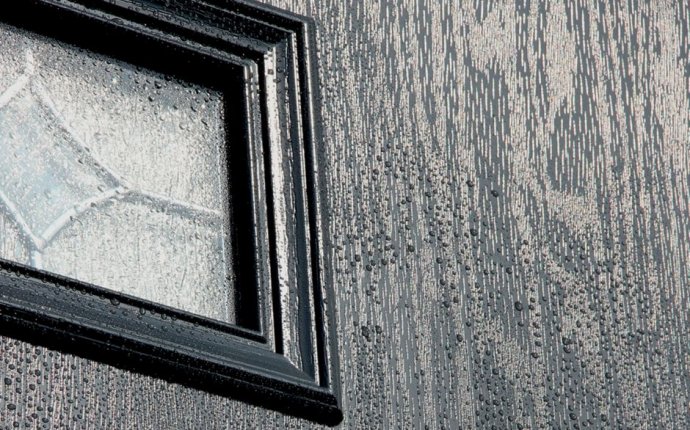
Windows Cleaning Equipment B&Q
Buy Germ Clear™ Bird Droppings Disinfectant Cleaning Spray to help safely clean away bird dropping, excrement, faeces and areas dirtied by birds that have been nesting or roosting.
Table of Contents
Pigeon Guano
Cleaning Equipment
Quick Tip
Before removing pigeon droppings first soak the affected area with water to prevent the creation of dust whilst cleaning the droppings up. Also did you know pigeon droppings are a great fertiliser, why not use them on your garden?Cleaning Pigeon Droppings - Overview
This guide on dealing with pigeon droppings has been written for the benefit of people who do not clean up pigeon droppings for a living such as pest control officers or people who might keep pigeons as a hobby. These people are likely to come into contact with dry droppings on an almost daily basis and will probably want to carry out a more extensive risk assessment.
Cleaning of droppings, in a bird control context, is the removal of bird guano (bird excrement) from the exterior of a building prior to the installation of deterrents, or the removal of pigeon droppings from the interior of a building following the exclusion of pigeons. In both cases it is important to remove guano, but for different reasons.
Pigeon Guano on Pavement
When installing deterrents on the exterior of a building it is critically important to ensure that all areas are cleaned thoroughly prior to the installation of anti-perching products to ensure that the products will adhere to the surface upon which they are installed. When excluding pigeons from a roof void or similar internal area of a building it is important to remove any build-up of pigeon guano to stop smells and reduce the potential for insect-related problems for occupants. Although some commercial contractors will offer the client cleaning works on the basis that guano can be a health hazard, in reality cleaning is for aesthetic and practical reasons rather than to control disease.Much is made of the potential to contract a disease from contact with pigeon droppings, but this is often over exaggerated and the likelihood of a human being contracting a disease from contact with pigeons or their excrement is very low and certainly no higher than having contact with your cat. In the main it is the media that have perpetuated this hype for profit. The media needs to sell newspapers and the pest control industry needs to sell its services. In both cases the public is sometimes misled. Most experts are of the opinion that human contact with pigeons and/or their excrement is no more harmful than contact with a caged bird or any other family pet. The only way in which pigeon guano can usually have a detrimental effect on human health is where an individual who has a pre-existing respiratory condition comes into contact with very well dried guano. In these cases it is possible that the inhalation of dust, created when well-dried guano are disturbed, may irritate the bronchial passages. In almost every situation "dampening down" the droppings with water before the commencement of cleaning will prevent the creation of dust. For further peace of mind a simple £2 dust mask from B&Q may be worn.
Excessive Soiling
from Roosting
Pigeons
As the two most common guano-related problems will require a different approach we will deal with each problem separately:
Cleaning External Areas of Pigeon Droppings
The most common guano-related problem is the soiling of external areas of a building as a result of overnight roosting (and breeding) and/or daytime perching (where pigeons are using a building as a vantage point to exploit a food source). Of the two problems, overnight roosting/breeding problems are the most serious, normally resulting in much larger quantities of pigeon droppings being present than with daytime perching. This is because when pigeons are exploiting a food source during the daytime they are constantly on the move, checking each of their numerous feeding sites and never spending long on one site. When the birds are roosting, however, they are static for anything up to 16 hours depending on the time of year. In the summer months they may only be in their roosting sites for 8-10 hours, but in winter it can be as long as 16 hours and in some cases even longer.









